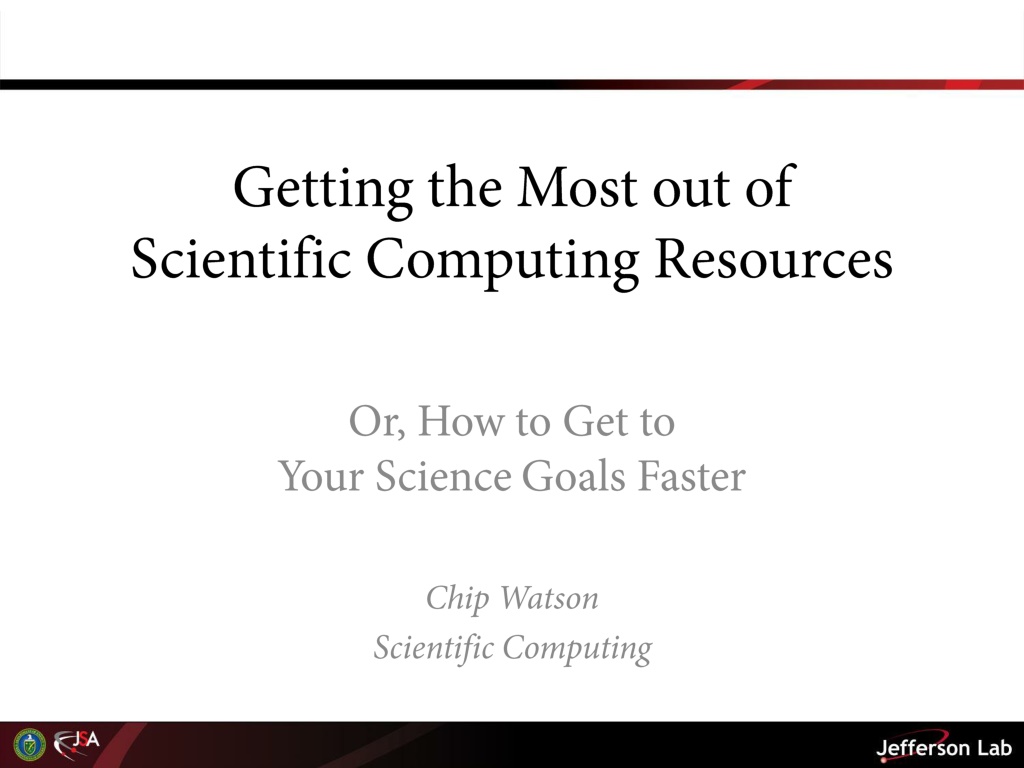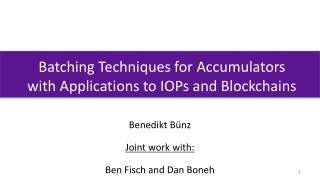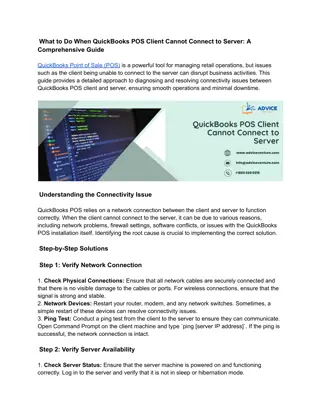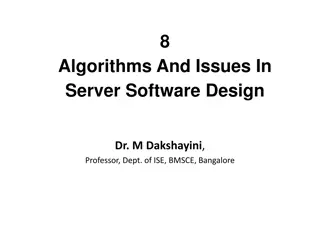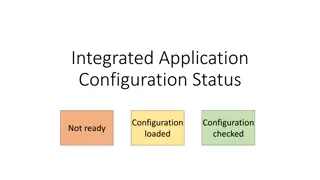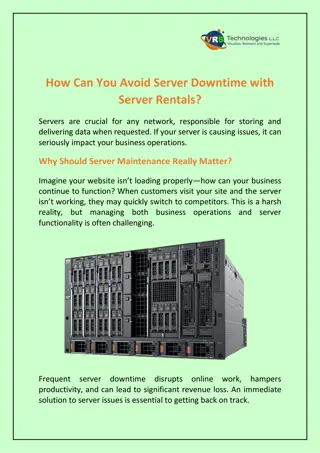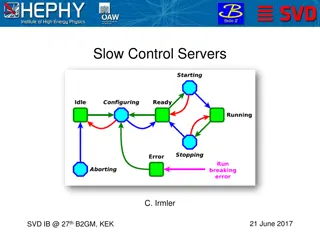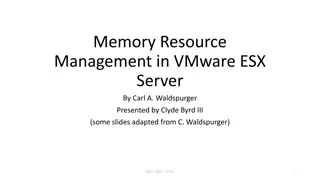High IOPS Applications and Server Configurations
Dive into the world of high IOPS applications, memory buffer configurations, and file server setups with a series of detailed images showcasing various server environments and code memory management. Discover the importance of optimizing IOPS for efficient data processing and explore advanced server setups for enhanced performance.
Download Presentation

Please find below an Image/Link to download the presentation.
The content on the website is provided AS IS for your information and personal use only. It may not be sold, licensed, or shared on other websites without obtaining consent from the author. Download presentation by click this link. If you encounter any issues during the download, it is possible that the publisher has removed the file from their server.
E N D
